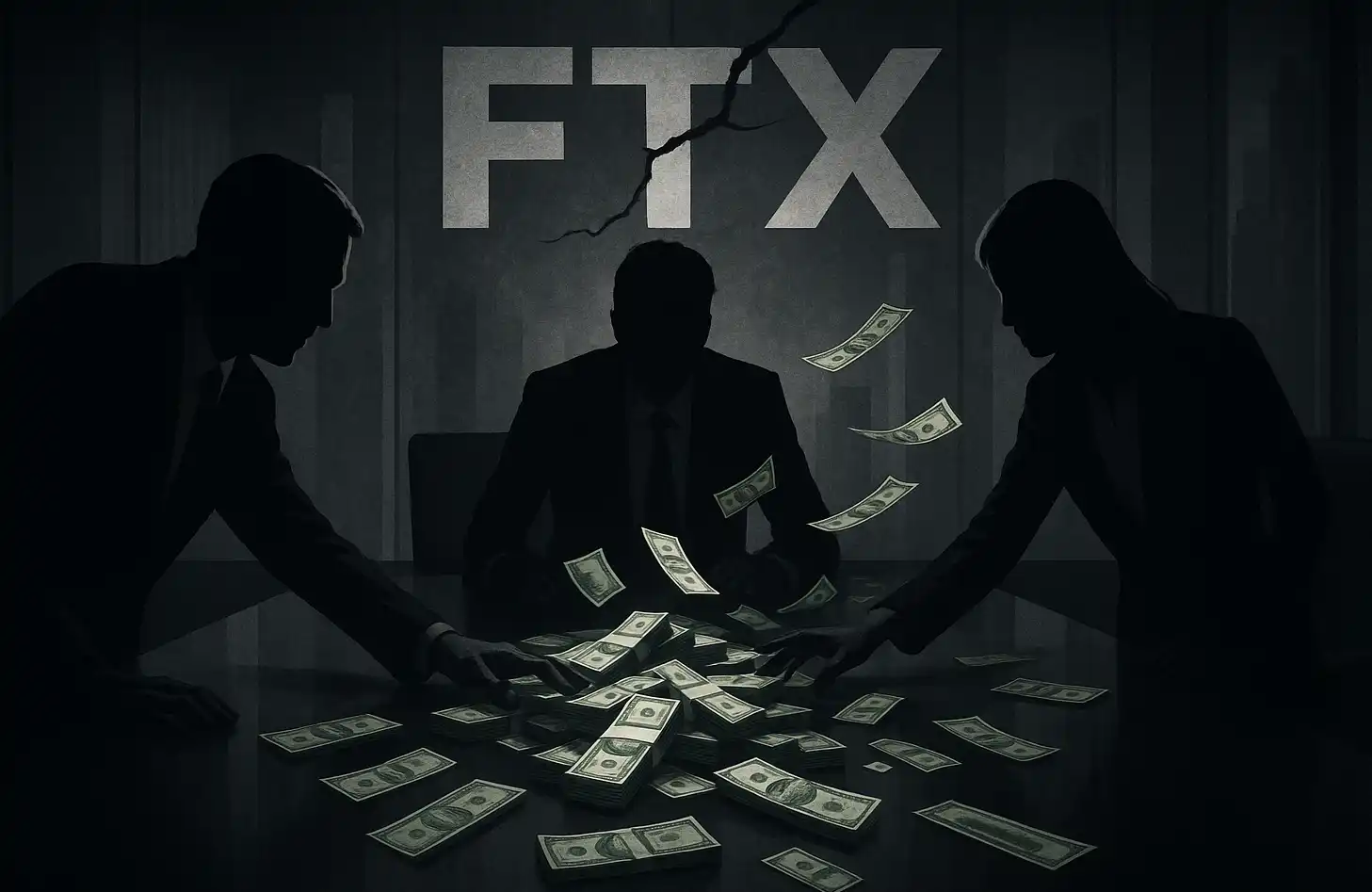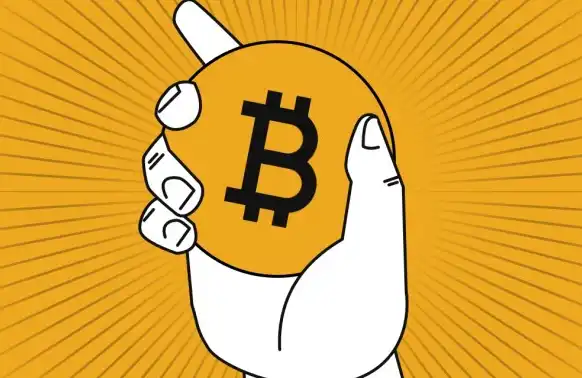Attempt to eliminate MEV failed? How do developers respond to the "MEV crisis"?
Original Title: "MEV resolution: Are we there yet?"
The content to be translated is:Original author: CHRIS POWERS.
Translated text:原文作者:CHRIS POWERS。
Translation: Original article compiled by Luccy, BlockBeats.
Since Flashbots released MEV-Geth (aiming to "solve the MEV crisis ahead of time"), there have been many changes in the past three years. Ethereum has experienced market booms and busts, and successfully transitioned to Proof of Stake, a major technological achievement. At the same time, the competition for the value of economic transfers leaked on the blockchain has become increasingly fierce. Attempts to eliminate MEV have failed, but block proposers are always willing to use their privileged position.
Now, the temptation of MEV profits threatens the sovereignty and censorship resistance of Ethereum. There is still a central issue, which is that searching for MEV will lead to the concentration of Ethereum's equity. If only those who perform the most complex verifications can benefit from MEV, ETH holders will tend towards these verifiers. This is because they can provide higher MEV returns on top of the benefits enforced by the protocol.
At least, this centralized future has been temporarily avoided through MEV-Boost. MEV-Boost allows large equity pools and independent validators to equally share the benefits of MEV extraction. However, MEV-Boost is always a stopgap measure. Despite having created a powerful MEV ecosystem composed of specialized participants, the industry is becoming increasingly centralized and reliant on trusted entities and a single software client.
Last December, we advocated that "the best solution to solve the MEV crisis would be an independent, decentralized network focused on sorting transactions." However, this is still a slow process. Modifications to the core Ethereum protocol are needed to ensure Proposal Builder Separation (PBS), but this is not enough.
We still believe that the solution to the MEV crisis does not rely entirely on Ethereum, but now we are convinced that there will not be a unified and comprehensive solution to solve all MEV leakage problems. Instead, we anticipate the emergence of various decentralized and vertically integrated MEV supply chains for extracting MEV for specific applications. In addition, we believe that people are paying too much attention to MEV from CEX-DEX arbitrage, which currently accounts for about 60-70% of MEV trading volume and profits. However, if DeFi really becomes the infrastructure of the global financial market, this will no longer be the biggest MEV challenge we need to face.
MEV
PBS (Protocol-level Randomness Selection) is a design concept aimed at ensuring the decentralization and neutrality of Ethereum, and is widely regarded as a fundamental requirement for solving the MEV problem. Currently, Ethereum implements PBS through MEV-Boost, a software provided by Flashbots, which is run by validators and allows randomly selected block proposers to auction off the right to create the most profitable block to the highest bidder. So far, PBS has achieved the popularization of MEV rewards by only allowing stakers to participate without the need for complex MEV strategies. However, other parts of the MEV supply chain still face risks of centralization and censorship.
This chart shows the main components of the MEV supply chain, a term first coined by Stephane Gosselin, founder of Frontier Tech and former member of Flashbots.

The architecture of the Ethereum protocol was originally intended to be much simpler. The design assumes that for each block, a randomly selected validator will locally construct the block by filtering transactions from the common memory pool, which are submitted by users who provide the highest gas fees.
In the MEV supply chain, there are three other participants: searchers, builders, and relayers. They work closely with validators through MEV-Boost, and currently, 93% of Ethereum validators run MEV-Boost. Among these three, builders are the most likely to become centralized, while relayers receive the most limited rewards. Searchers were once known as super coders, but now they have transformed into development teams, some of which remain anonymous, while others have become large traders. The economic relationships between searchers, builders, and relayers are complex, and although payment flows occur, they are difficult to observe due to their off-chain nature.
More and more builders have vertical integration advantages in their structures. Just this week, a major block builder, Blocknative, announced that it will no longer serve as a trusted relay. This is reportedly due to the cost of running a relay (about $500,000 per year) being completely disproportionate to the revenue. Although it may be economically feasible for Blocknative to have its own team of searchers, as a US company, it can avoid any activities that may incur the displeasure of regulatory agencies.
Bloxroute, as a major builder, has not yet closed its relay business, but is also avoiding regulatory risks. It operates two relays, one called "Regulated", which is responsible for reviewing blocks containing OFAC-sanctioned addresses, and the other called "Maximum Profit", which does not conduct reviews. After Blocknative's exit, there are currently only four major relayers left: Bloxroute, Flashbots, Ultrasound (led by Ethereum researcher Justin Drake), and Agnostic (from the Gnosis team).
CEX-DEX Arbitrage: The Worst of MEV?
After understanding the current supply chain and its challenges, let's review the mechanism of MEV extraction and why it has attracted so much attention. For many people, MEV is simply trading before and after transactions in the transaction pool to lock in profits, or worse, sandwiching them in the middle, which is undoubtedly unfavorable for ordinary users. The most effective form of MEV is on-chain arbitrage between different DEXs. Transactions are carried out through Uni v2 pools, driving token prices up or down, and powerful MEV robots compete to rebalance other liquidity pools and incorporate new token prices. These are the easiest to understand examples of MEV, but they are not the most common.
In fact, most MEV extraction is CEX-DEX arbitrage. This type of MEV mainly harms DeFi liquidity providers rather than traders. The deepest market for ETH is not on Ethereum, but on Binance. When the price of ETH on Binance changes, there is a trend of crazy trading with Uniswap LPs that have not yet been included in the new price. The winning MEV must be the first transaction in the new block after the price change, that is, the "block top".
After a significant price change on Binance, MEV robots must "bribe" lucky validators who are randomly selected to propose the next block. In the world of PBS and MEV-Boost, MEV robots first send their transactions to a block generator filled with other transactions, and then the block generator pays some of the validators who proposed the block. All of this happens within 12 seconds, which is the block interval time on Ethereum. Max Resnick from the Special Mechanism Group (SMG) explains CEX-DEX arbitrage in detail in the Flashbots MEV Salon in Paris and in the full technical paper.
It is unsettling that when Binance experiences volatility, such as a price change of 1% or more, the most complex miners always win the bid for the next block because they are willing to pay more fees to secure the profitable top position of the block. This creates a cyclical cycle. Complex miners pay more when there is MEV opportunity at the top of the block, which means they win more of these lucrative blocks. This makes them more likely to receive private order flow from searchers, and with more private order flow, they can bid higher to get their blocks included. Or, as Max from SMG said, "winners are incentivized to be better at winning."
This is a delayed war that is almost of no benefit to society. Unfortunately, this is almost impossible to stop. The early bird catches the worm, and the most complex players always arrive first. Currently, a lot of research has been devoted to solving this problem, and the current consensus solution is to allow for the auction of some blocks. We believe that these research efforts are noble, but the direction is wrong. The ultimate goal of DeFi is not to serve as a subordinate to TradFi. It is hard to imagine now, but the key point is that price discovery should not happen on centralized exchanges.
Of course, there will always be market influence information from the off-chain world, and being the first trader in on-chain transactions will bring certain advantages. The most obvious example is the announcement of interest rate changes by the Federal Reserve. It will never be first on-chain. Looking ahead, MEV will not look like the MEV extracted now. The MEV "solution" should be universal, rather than tailored to current problems. After all, if Ethereum succeeds, won't Ethereum become the place for ETH price discovery?
MEV rewards are like "whack-a-mole"
It is very difficult to fully understand MEV, as it can be referred to as a dark forest. However, in terms of data, EigenPhi has some of the best MEV visualizations. The following image shows the profits obtained by various participants in the supply chain, and it can be seen that the profit of the relayer is 0 USD.

The most interesting discovery is that EigenPhi noticed that a significant portion of the validators' MEV rewards are generated outside of MEV-Boost. This means that some validators have already developed MEV supply chains that are separate from MEV-Boost. If these validators are all independent equity holders, then there is no problem. However, it is more likely that large equity pools have begun to run their own internal MEV strategies. If this is indeed the case, it could trigger an upward spiral, with higher profits leading to more lucrative returns, attracting more and more investors, and enabling equity pools to pay higher private order flows.
ePBS still has shortcomings
Just as MEV can extract opportunities from transactions sent to the public mempool, MEV opportunities may also be preempted by different entities in the MEV supply chain. For example, a searcher discovers an MEV opportunity and sends it to a builder in exchange for a portion of the profits. The builder then packages this valuable transaction into the entire block, paying the winning validator to propose the block. However, in the current design, there is nothing to prevent validators from directly copying the searcher's transaction submission and replacing it with their own, thereby excluding the searcher and builder. The relayer is the guarantee that prevents this alpha preemption.
Due to the fact that PBS is implemented outside of the protocol through MEV-Boost, there is no cryptographic guarantee. There has been a lot of research on how to integrate PBS (ePBS) into the Ethereum protocol, so that there is no need to trust third-party relayers to facilitate payments from builders to block proposers. This is technically challenging and requires changes to the Ethereum protocol (but may not require consensus). The Protocol Enforced Proposal Commitments (PEPC) developed by Barnabe of the Ethereum Foundation is the most mature example, but it may take at least 18 months to implement.
This design does eliminate the need for relays by creating a neutral transaction method for builders and block proposers, but it does not create an economically viable and trustworthy relay competitor. As Mike Neuder explained in a post on the ETH research forum, for high-value blocks such as CEX-DEX arbitrage, relays that support cancellation functionality are still the preferred option.
One potential advantage of ePBS is to improve review resistance. Many designs have a list that contains transactions that must be part of the next block. Therefore, even the largest builders, who are strictly regulated entities, cannot conspire to exclude sanctioned addresses such as OFAC.
The best solution will depend on the source of MEV
When dealing with the MEV crisis, we have many solutions. However, these solutions are often seen as a panacea that can immediately solve all problems, such as fair sequencing. We believe that any measures to address MEV extraction issues must start from the application design stage. Many outstanding application developers have been working hard to reduce the impact of MEV, but they should also be aware that there will always be a certain degree of value leakage. MEV cannot be completely eliminated, so developers should be more proactive in directly interacting with participants in the MEV supply chain. The payment order flow itself is not an evil act, only when it is hidden does it cause problems.
Welcome to join the official BlockBeats community:
Telegram Subscription Group: https://t.me/theblockbeats
Telegram Discussion Group: https://t.me/BlockBeats_App
Official Twitter Account: https://twitter.com/BlockBeatsAsia
 Forum
Forum OPRR
OPRR Finance
Finance
 Specials
Specials
 On-chain Eco
On-chain Eco
 Entry
Entry
 Podcasts
Podcasts
 Activities
Activities









